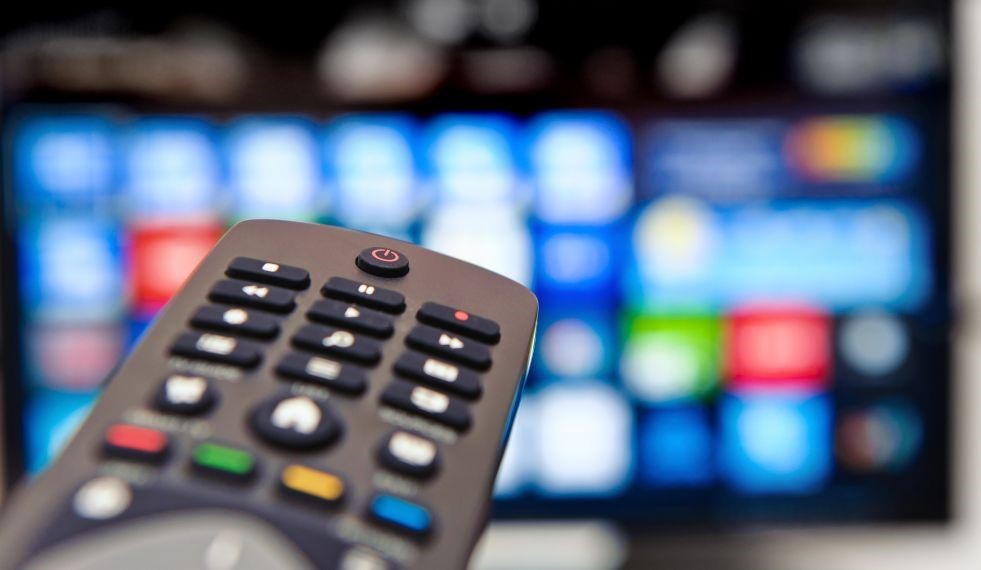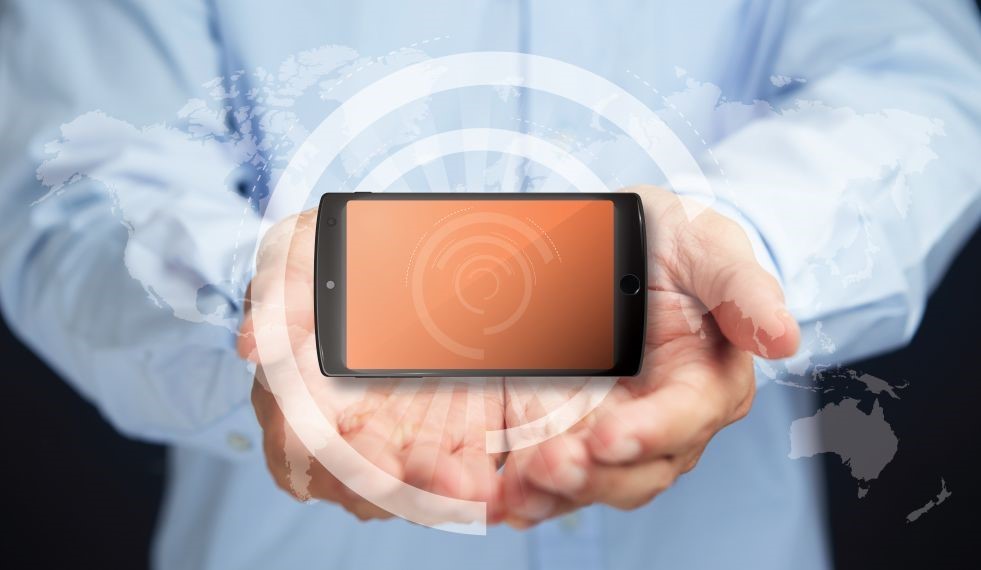
Email: info@showmetrend.com
Who am I?
Todd Norwood, a geek with a passion for technology. I visit the best tech portals regularly, reporting my top findings here.
What do I do?
I like to write tech articles and guides for people who want to stay up to date with what is happening in the IT world.
Wanna get involved?
It's easy! Just click the "Contact Me" button below to get started. I welcome high-quality article contributors and sponsors.
Trending News
 Sight Machine reveals what AI "thinks" about us
Sight Machine reveals what AI "thinks" about us Telecom operators are betting big on 5G
Telecom operators are betting big on 5G5G is the new generation of cellular data technology. Today's smartphones use 4G data networks, a significant upgrade from the old 3G technology. On average, people using 4G experience download speeds of 10-20 Mbps, a decent value when we consider the size of the smartphones, which makes it almost impossible to fit high-gain antennas into our tiny devices.
The good news is that 5G is here to stay, and it will make streaming 4K HDR on the go possible. The promised data transfer speeds are supposed to exceed 1 Gbps, and the key benefits of the technology don't stop here. More devices will be able to connect simultaneously to the nearby cell towers, and latency will be significantly diminished.
 Sony allows cross-play on the PS4
Sony allows cross-play on the PS4According to a recent blog post, the company will soon allow its gaming console users to play multiplayer games in cooperation with, or against people who use competing consoles. People can already test this exciting feature by downloading and running Fortnite, the hit that can now be played on Sony's PS4, Microsoft's Xbox One, Nintendo's Switch, PCs, Macs and mobile devices.
As you can probably tell, game developers are excited as well; their user base can significantly grow this way, and this is a godsend, especially for companies who have built products that make use of in-game purchases, monthly subscriptions, and so on.
Trending Articles

The basics of OLED
The Organic Light Emitting Diode technology has recently found its way into our TV sets, tablets and smartphones. Its main advantages are the very dark blacks and the increased energy efficiency, which will please two categories of people: folks who want to get more juice out of their phone batteries and environmental-friendly users, who are always happy to help minimize carbon footprint.
Traditional LCDs (Liquid Crystal Displays) require a backlight, a source of light that is usually made out of LEDs (Light Emitting Diodes). This have given the marketing departments the opportunity to advertise their companies’ “LED TVs”, but the reality is that only the light source is LED-based, and this doesn’t provide significant image quality improvements. Here's an article that provides more information about LCDs.
The quality of LCDs has improved over the years, but these displays have got a serious problem: they can’t achieve true blacks. The sources of light that are placed behind the LCD panel bleed light towards the neighboring pixels, ruining the viewing experience.

Understanding Wi-Fi 6
If you are passionate about IT, you may already know that Wi-Fi Alliance has decided to simplify its wireless technology naming conventions, so the new 802.11ax standard has been renamed to Wi-Fi 6. And while the final specifications won't be ready until sometime next year, several router manufacturers have already designed chips that have been built using the draft version of the documentation.
So, what does this new iteration of the wireless standard bring to the table? For starters, data transfer speed will increase by about 40%. This may not sound that exciting, considering the fact that Wi-Fi 5 has brought a 400% speed increase in comparison with Wi-Fi 4.
Still, we've got to be honest and admit that most wireless networks are quite fast these days. According to Data Alliance, the key Wi-Fi-related problems that people are experiencing are poor data coverage and crowded areas, where lots of people use their devices to connect to the same router or access point at the same time. Fortunately, these are the very problems that Wi-Fi 6 is going to solve.

Future smartphone features
On the surface, it seems that smartphones haven't evolved that much during the last few years. Sure, they have gotten more and better cameras, they've got larger and larger screens, they've got more memory, various user authentication mechanisms that are based on fingerprints, iris scans, face recognition, and so on. But frankly, most of these features lack the "wow" factor we used to experience with each major phone release in the past. Fortunately, the future looks a bit brighter. Here are some of the most innovative smartphone features that we can expect to see within the following few years.
Firstly, your phone will do a much better job at recognizing you. It's quite sad to see that most people continue to use four-digit pins or pattern-based authentication today, because these security measures can be easily circumvented. Actually, even face-based and iris scan logins can be beaten by creating and using the appropriate 3D models and/or detailed pictures of the phone owner. So, better facial recognition technologies, which will utilize facial features and face contours are needed, and will make their way into the next generation of smartphones.

Next-gen antivirus technologies
Back in the day, a definition-based antivirus was good enough to catch and get rid of any virus. Basically, the security application was analyzing all the files in the computer, one at a time, determining if their headers contained a specific string of bits or not. To give you an idea, if the header included the (just an example) "434234swwd32@!5$#" string, it meant that the file was infected with the XYZ virus, and the program knew that it had to strip several bits from the file to restore it to its clean state.
Virus creators have gotten smarter than this, though. This was the moment when polymorphic viruses were created; these malware applications know how to change their signature after each file infection. This mechanism rendered definition-based antiviruses useless for a while, but then security experts started to develop applications that were able to detect and eradicate these new security threats as well.
Today, antiviruses utilize several methods to scan for infected files. To begin with, we've got on-demand virus scans, which are run when the user wants to make sure that his computer is clean, or when a new storage device is connected to the PC. On-demand virus scans should be run whenever a memory stick is inserted into a USB port, for example.